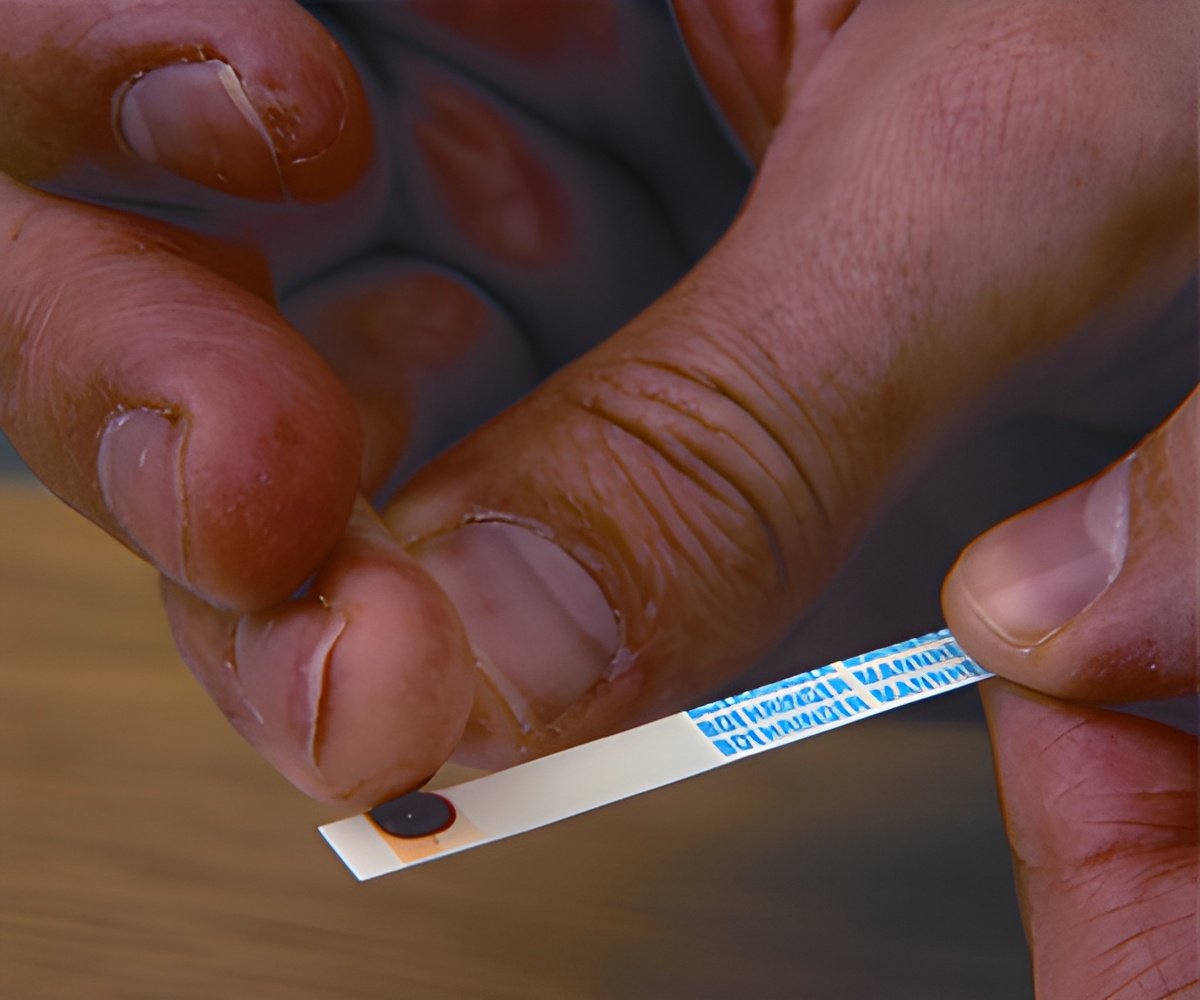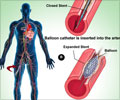
Can a Heart Attack be Detected Before it Happens?
Approximately 55,000 people suffer a heart attack in Australia each year, with a similar number suffering from a stroke. Many are caused by blood clots that block the flow of blood to the heart, often in ’at-risk’ individuals without any physical warning. However, long before a heart attack or stroke occurs, tiny changes in the blood begin taking place. Often, blood flow is disturbed, leading to blood clotting and inflammation, which can block blood vessels.Heart Attack Detection Using New Device
Using a pin-prick test, the micro-device would take a blood sample from a person’s finger. The sample would then be analyzed for platelet clotting and white cell inflammation responses, information that would be immediately processed by an external operating system.‘A micro-device analyzed a blood sample from a person’s finger using an external operating system to detect the early signs of a heart attack.’
Tweet it Now
The University’s School of Biomedical Engineering’s new facilities will enable further engineering development for the microdevice, which is predicated on an integrated microfluidic chip.Researchers are working to build highly sensitive computational fluid dynamics simulations to better understand the impact of mechanical forces that could lead to blood pooling and clots.
Biomedical engineering student Yunduo Charles Zhao said: “Shortly, we plan to apply artificial intelligence to understand an individual’s blood work to create a personalized blood profile of that person”.
Heart attacks appear to occur at random, sometimes without any physical symptoms; however, in fact, there are tiny physical changes that occur in the blood which are the key to this device is being able to sensitively monitor these microscopic changes.
Advertisement















